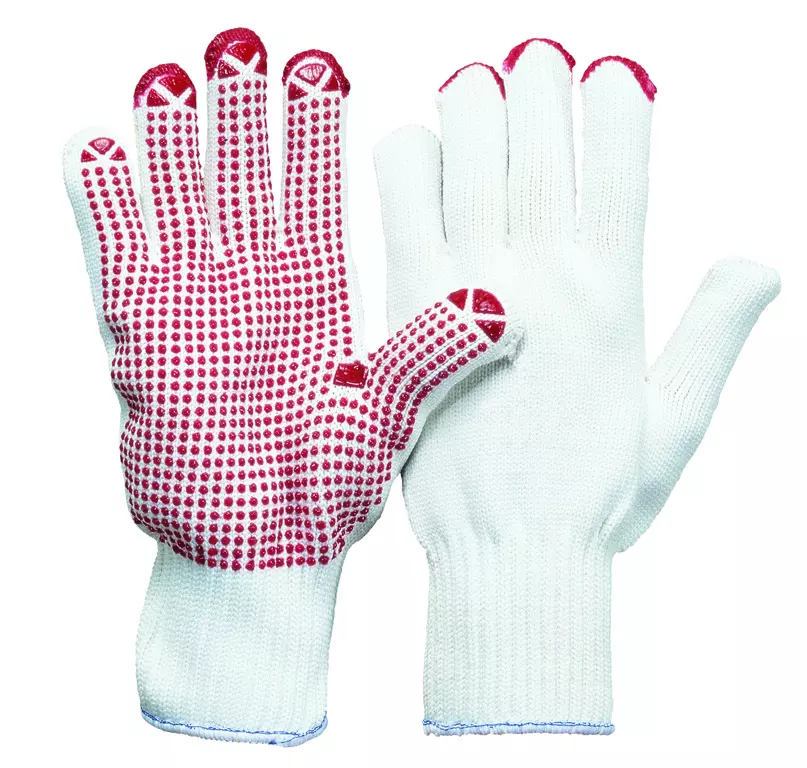
Features You'll Love

Grip Finish · Dotted
The surface texture or coating on the palm and fingers that determines how securely the gloves can grip tools, materials, and surfaces during work tasks.
Richard Leipold
Richard Leipold logo
Magic red Single-Sided Dotted Nylon-Cotton Knitted Glove CE CAT2, 144 pairs
Richard Leipold
Magic red Single-Sided Dotted Nylon-Cotton Knitted Glove CE CAT2, 144 pairs
Richard Leipold logo
4.5 / 5
194,08 €
215,62 €
Price per 12 packages (144 pairs)
1,35 € / pair
Estimated delivery: Wed Dec 24
Choose size
Free delivery
Features You'll Love

Grip Finish · Dotted
The surface texture or coating on the palm and fingers that determines how securely the gloves can grip tools, materials, and surfaces during work tasks.
Product description
Heavy quality, good fit, suitable for high mechanical loads, very good tear resistance and abrasion values for a long service life, good cut protection, TOP grip and slip resistance.